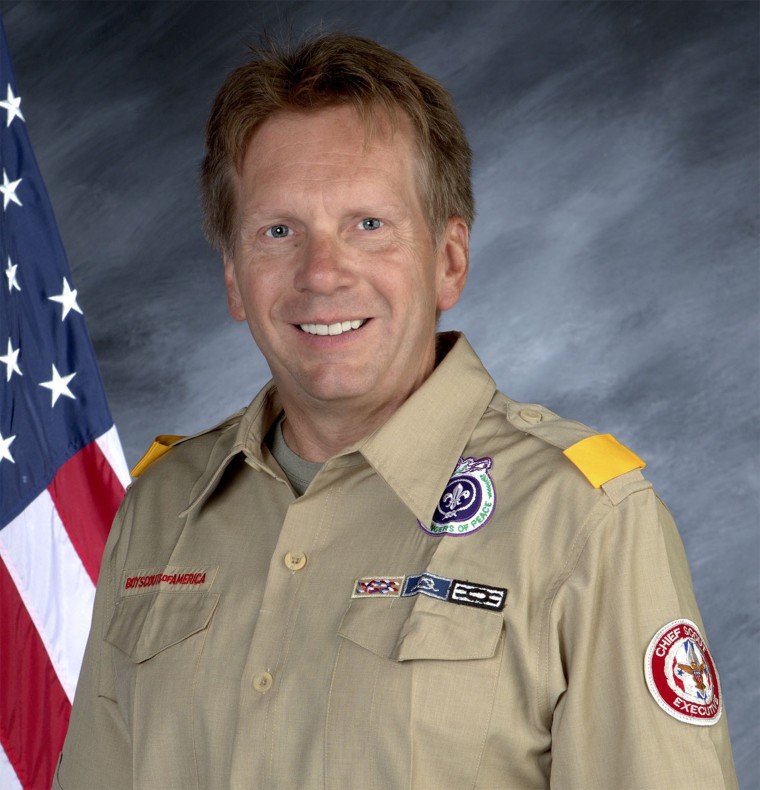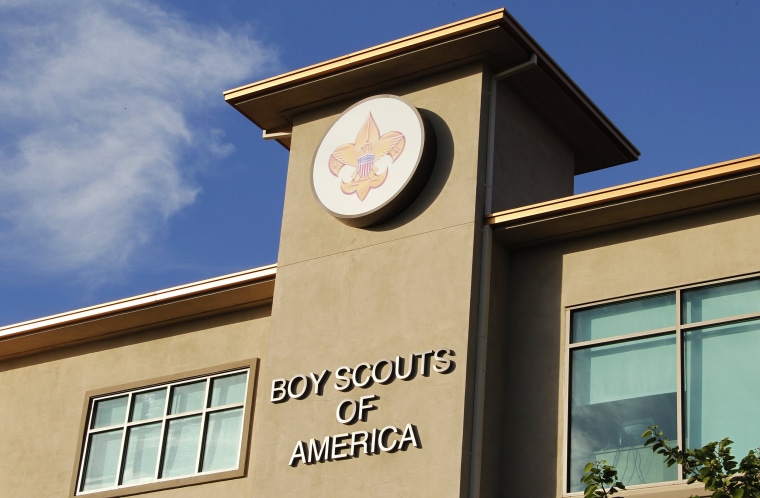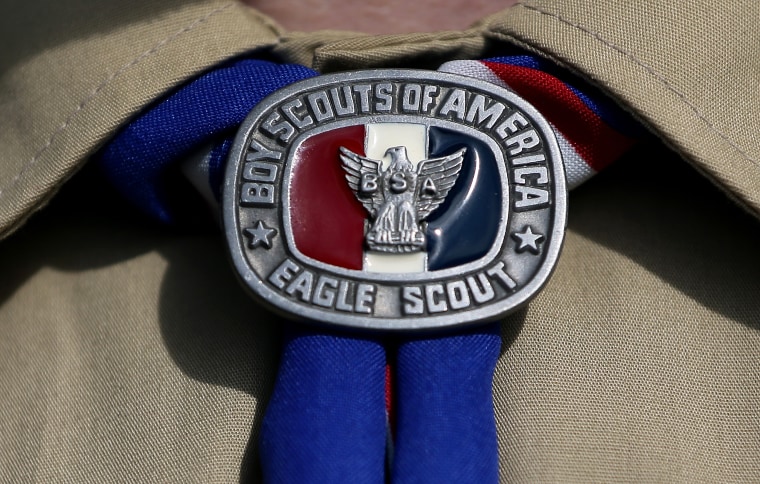The Boy Scouts of America denied Wednesday that it is hiding the names of scout leaders accused of sex abuse from law enforcement and insisted its internal database, which critics have called “perversion files,” is an effective tool to keep predators away from the boys.

“We do not keep any reports of suspected abuse secret from the authorities,” Chief Scout Executive Michael Surbaugh said during a conference call with reporters.
Surbaugh said the BSA has been maintaining “ineligible volunteer files” since the 1920s, not the 1940s, as has been reported, which have “prevented potential predators from joining our organization.”
“They don’t need to be arrested or convicted of a crime to be added to our database,” Surbaugh said.
BSA workers and volunteers are required to report to police any abuse accusation, and the suspected abuser is immediately barred from scouting, Surbaugh said.
The BSA brass spoke out a day after victim rights lawyer Jeff Anderson charged in a press conference that the venerable organization had the names of 7,819 scout leaders who preyed on boys locked away in its “perversion files” and that it was refusing to make them public.
Anderson, also cited testimony by University of Virginia medical school professor Dr. Janet Warren, who revealed in court in January that the organization had tallied 12,254 victims. Warren was testifying in an unrelated child sex abuse case that took place at a Minnesota children’s theater company.
At two news conferences Tuesday, Anderson released the names of 180 former scout leaders from New York and New Jersey who had been removed from the organization and whose names appeared in the organization’s files. He used publicly available documents, including legal settlements and news accounts, to compile the list of names.
But Warren, who for five years has been evaluating for the BSA how the group handled sex abuse allegations from 1944 to 2016, defended the organization and insisted she found “no evidence of a coverup.”
The BSA’s system has “been in place for over a hundred years and it’s worked very well … even without computers,” Warren said on the conference call. “The rate of instances of reported abuse in the Boy Scouts of America is far less than sex abuse in society as a whole.”
Reached by telephone, Anderson said the BSA “was blowing smoke.”
“It’s really simple,” he told NBC News. “If they insist they are not hiding anything, then they should release the names and locations of the people they chose to put in the perversion files. It would take just a couple of keystrokes.”

Erin Eisner, chief strategy officer for the BSA, insisted it’s not that simple. She said every name in the BSA files has been turned over to police, but they can’t post them publicly because many of the suspects were never charged with crimes.
“There are issues of privacy and due process,” she said.
That is why, Eisner said, the BSA is pushing for a national database for all “youth-serving organizations that would track adults who have harmed children or who are suspected of harming children.”
NBC News and other news outlets first reported the existence of the "perversion files" in 2012, when the Scouts released 1,247 cases of known or suspected child abusers in response to a lawsuit by two Portland, Oregon, lawyers.
Those files detailed cases from 49 states from 1965 to 1985. And they revealed the hardball tactics that attorneys for the Scouts used to defend the organization, as well as the legal hurdles that scout sex abuse victims — like clergy sex abuse victims — faced when they tried to sue for damages.
Later, The Los Angeles Times released a database that tracked 1,900 cases of suspected scout sexual abusers spanning 1947 to 2005.
Anderson on Tuesday said he was convinced there were even more cases in the files “that are being held and hoarded at the Boy Scouts of America headquarters.”
Eisner denied the BSA was hiding anything. But when asked if the BSA keeps track of scout leaders who have been banished from the program, Eisner admitted they don’t.
“We’re not an investigative body, we’re not a quasi-law enforcement body,” she said.
But, said Eisner, the names of anybody who either works or volunteers for the BSA are checked against these files.
“Our database has served to keep children safe over the years,” she said.
Despite that, in recent years the BSA has been hit with numerous lawsuits by former scouts who say they were abused. In December, the BSA warned it was considering filing for Chapter 11 protection.
Asked if the BSA has decided to declare bankruptcy, Surbaugh said, “We have made no decision.”

